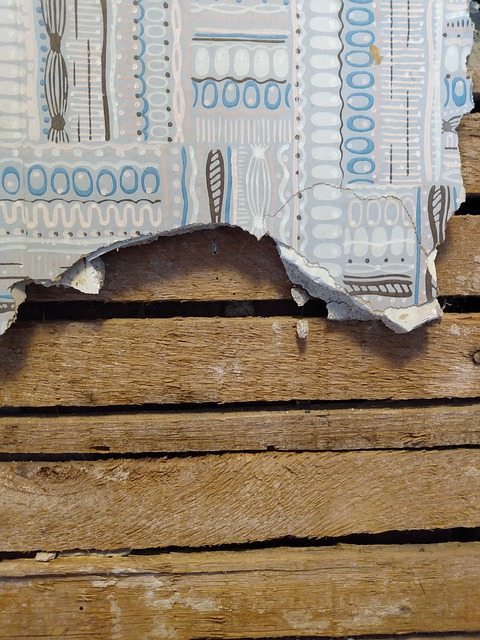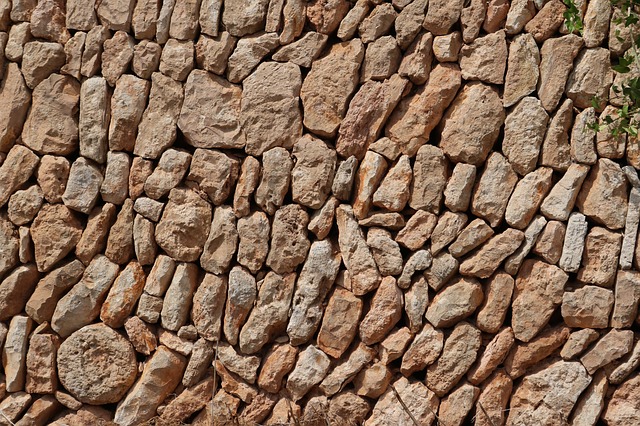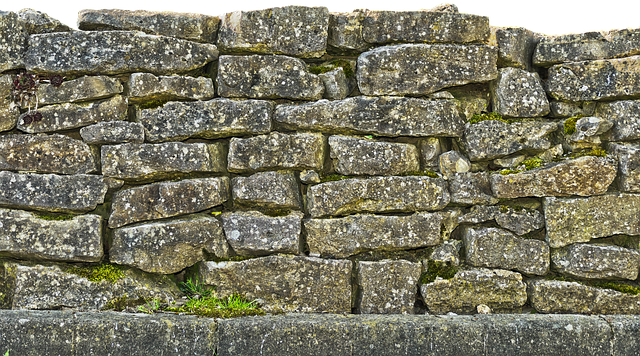To do some renovations without necessarily having to call an expert requires one to be equipped with the right equipments or tools. To do repairs of a hole in a drywall, mesh wall patch, a utility knife, sandpaper, joint compound, dust mask, and a tray for holding and combining the repair mix would be some of the essential working tools.
Unlike in the past, at the moment most hardware stores stock a mesh patch that can be placed over the hole, which has a sticky back that holds firmly to the wall. With the proper tools, the job cannot consume a lot of time.

Bear in mind that you cannot use the regular tacks and raw materials but tools belonging to a company of great repute like Makita as it has some of the best tools you can ever find online. Furthermore, Impact Driver Guide has rated Makita Impact Drivers at the top of their list in a recent survey, which is enough to conclude on its reliability.
Some of the techniques of repairing a hole in the drywall include the processes of ensuring that the floor if fully covered with a cloth to save it from damage because of the activities to be undertaken on the region being repaired. After this safety precaution is taken, the surface ought to be set up for the mesh patch by getting rid of any protruding pieces of the drywall using the utility knife. The sandpapers should come in handy where one need to tenderly sand around the hole gently until the entire hole is smooth.
After ensuring the surface is ready to start working on, the mesh patch is positioned directly over the hole and leveled to the edges. The paper ought to be unwrapped while backing off of from the patch. This is a process that ensures that the center of the patch is directly covering where the whole originates and the edges are smoothened in place.
The joining mixture or compound should then be loaded on its tray then applied on the patched area using the putty knife. It is very important to smooth the joining compound outwards side to side and top to bottom beyond the patched area so as to ensure uniformity and compatibility. This also gives a better finish.

The joining compound requires to be allowed to fully dry before sanding with the right grade sand paper can be done. The standard joining mixture is usually given about eight to ten hours of drying so that it is fully ready for sanding. Once the area is fully sanded, the repaired area must be cleaned of any dust using a damp rag.
The application of the joining compound should be done again on the patch to enhance the repairs, this time using a finer coat. The final sanding ought to be done with a finely grit sandpaper so as to give a perfect final finish.
The final task awaiting is to repaint the repaired area. Priming the repaired area before repainting is necessary where a latex based primer may be utilized. The prime is allowed to dry out completely before application of the final coat of paint is applied. Sometimes, the patched area may not match the wall and this call for the whole wall to be repainted to achieve the proper match. This is the reason why one is advised to plan for the whole wall repainting to avoid disappointments after patch repairs.

The first set joining compound is a choice available for those who might not be having the needed time for the repairs. One maybe very pressed to find enough time for the repairs but this compound is meant to enable them to finish the repair much faster and still achieve what was aimed at. It is usually a powdered compound mixed with water as per the manufacturing instructions. With the necessary strategies in place, the repairs of drywalls remain a basic task that can be performed by anyone without any trouble.

